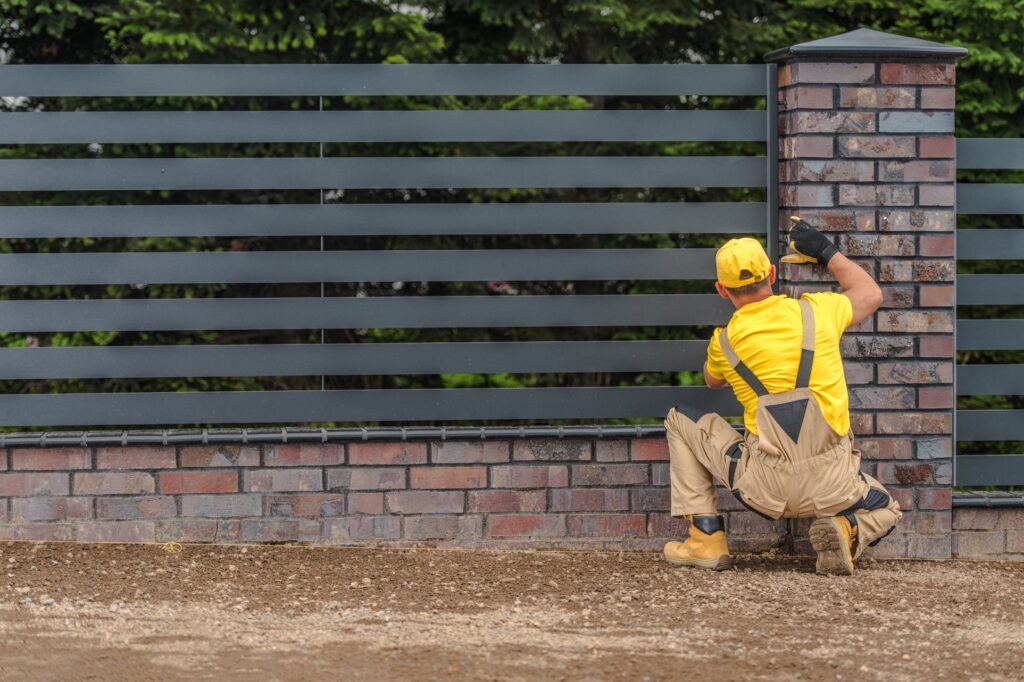Masonry, one of the oldest crafts in the construction industry, involves the building of structures from individual units laid in and bound together by mortar. This timeless craft has evolved over millennia, adapting to technological advances and the architectural demands of each era. Today, masonry work remains a critical and highly regarded component of modern construction, offering durability, aesthetic versatility, and environmental sustainability. This blog post delves into the various types of masonry work that have been developed, each with its unique characteristics, applications, and beauty.
Brick Masonry
One of the most common and traditional forms, brick masonry uses bricks and mortar to create solid structures. Bricks can be made from clay, concrete, or lime, among other materials. This type of masonry is prized for its fire resistance, thermal mass properties, and the charming visual appeal of brickwork. From the standard stretcher bond to more intricate herringbone patterns, brick masonry offers a range of aesthetic possibilities.

Stone Masonry
Stone masonry employs natural stones that are cut and dressed into proper shapes before being used in construction. This type of masonry is categorized into two main types: rubble masonry, where the stones are not precisely cut, and ashlar masonry, which uses stones cut into precise geometrical shapes. Stone masonry is renowned for its structural strength, longevity, and a distinct visual appeal that complements natural landscapes.
Concrete Block Masonry
Also known as cinder block or CMU (Concrete Masonry Unit) masonry, this type utilizes hollow concrete blocks. Concrete block masonry is favoured for its cost-effectiveness, structural reliability, and thermal insulation properties. It is widely used in both residential and commercial construction, providing a quick and efficient building method that can be reinforced with steel bars and concrete filling for additional strength.
Veneer Masonry
Veneer masonry combines a structural non-masonry backing with a single outer layer of masonry units. Typically, this involves brick or stone veneer applied over a framework of wood or metal studs. The technique offers the aesthetic and textural advantages of masonry while reducing costs and construction time. Though not load-bearing, veneer masonry contributes to thermal performance and offers design versatility.
Glass Block Masonry
This type of masonry work utilizes translucent glass blocks that are bound together with mortar. Glass block masonry is used to stunning effect in spaces that benefit from natural light while requiring privacy. These include bathroom walls, stairwells, and partition walls. Besides its visual appeal, glass block construction offers excellent insulation values and is resistant to fire and moisture.
Dry Set Masonry
Characteristic for requiring no mortar binds, dry set masonry relies on the careful selection and placement of stones so that their weight alone ensures stability. This method is ancient, with examples like the Incan walls in Cusco, Peru. Dry set masonry is highly durable and maintains a natural aesthetic, making it ideal for retaining walls, garden features, and certain traditional architectural elements.
Gabion Masonry
Gabion masonry employs cages or boxes filled with rocks, concrete, or sometimes sand and soil for use in civil engineering, road building, military applications, and landscaping. This technique is highly adaptable, environmentally friendly, and cost-effective, with applications ranging from erosion control structures to creative landscaping elements.
Composite Masonry
When two or more types of building materials are used together to take advantage of the best characteristics of each, it’s called composite masonry. A common example is a combination of stone and brick or hollow bricks and concrete blocks. This approach can optimize structural performance, cost, and aesthetic appeal.
Conclusion
Masonry’s versatility and durability have made it a cornerstone of construction throughout human history, adapting to fulfil the aesthetic and functional demands of every era. Each type of masonry work offers unique benefits and challenges, allowing architects, builders, and artisans to choose the most suitable method for their projects. From the ancient stone structures that have withstood the tests of time to modern buildings blending tradition and innovation, masonry remains integral to our built environment, offering endless possibilities for future constructions.
Hey there! I’m a self-proclaimed Twitter addict and an unapologetic coffee lover.









